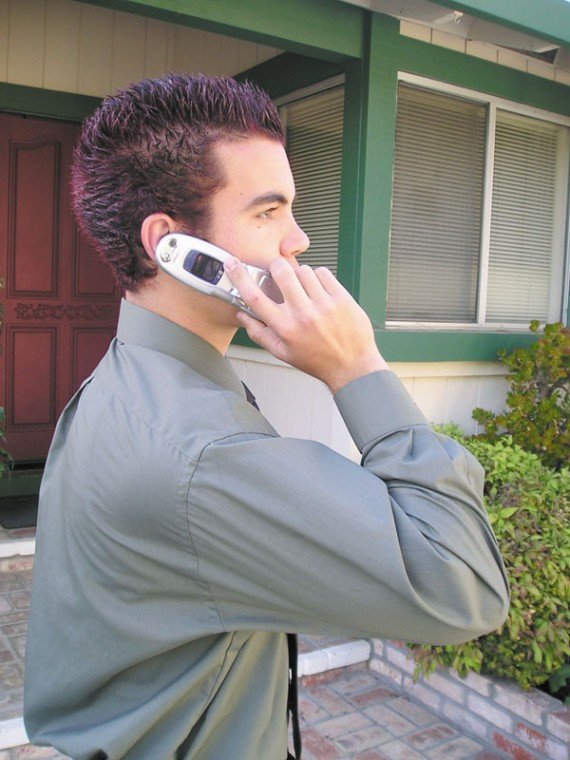Talking, talking and more talking! In restaurants, cars,
airports, offices and almost everywhere, people are on their cell
phones. Like it or not, the cell phone has become virtually
indispensable in our culture.
Talking, talking and more talking! In restaurants, cars, airports, offices and almost everywhere, people are on their cell phones. Like it or not, the cell phone has become virtually indispensable in our culture.
This is why I expect to see a rise in repetitive strain injuries related to our constant use of these ever-smaller and more versatile devices. The good news: you can prevent injuries if you know how to avoid the risks.
Talk on your cell phone for an hour or so, and you may find your elbow as stiff as an old rusty hinge. Look at someone holding a cell phone to his ear.
His arm is up, his elbow is sharply bent and his wrist may be angled down toward his shoulder.
These positions, if used frequently or for long periods, place the arm joints at risk for problems. In addition, this combination of joint angles puts the ulnar nerve at risk. You may know the ulnar nerve as your “funny bone” but an injury to it is anything but funny.
Symptoms of ulnar nerve compression include numbness and tingling in the ring and little fingers, decreased hand coordination, weakness and muscle loss.
These problems can make previously simple activities like writing or brushing your teeth difficult or impossible.
Now, don’t think that propping the cell phone between your ear and your shoulder is a good solution.
While it may free your arms and hands, this extremely awkward position could cause neck pain due to tension in the joints and muscles. It can also contribute to spinal disc and nerve problems.
Another area susceptible to injury from improper cell phone habits is the thumb. Holding the phone and punching buttons with the thumb of the same hand creates an awkwardly bent position combined with repetitive motion.
This combination of factors can increase the risk of problems such as thumb tendonitis and arthritis.
To prevent cell phone (or land-line)-related repetitive strain injury:
n When conversing, use hands-free equipment to eliminate awkward arm, hand and/or neck positions.
n If unable to use hands-free equipment, try using the speaker phone feature if available. This can decrease awkward positions.
n If holding the phone to speak, keep conversations short and alternate hands every few minutes to restore circulation, muscle relaxation and joint motion in the free arm.
n When dialing or text messaging, hold the phone in one hand and press buttons with the other to avoid awkward and repetitive thumb motions.
n Use voice activation features to limit button-pressing.
n Let the phone ring instead of answering it while engaged in driving or other activities. You can return the calls later. Limiting yourself to doing one thing at a time could save not only your hands, but your sanity and your life as well.
Like any activity done frequently or for long periods, cell phone use can put you at risk of repetitive strain injury. But if you take care and follow the precautions you can help yourself stay comfortable and safe.














